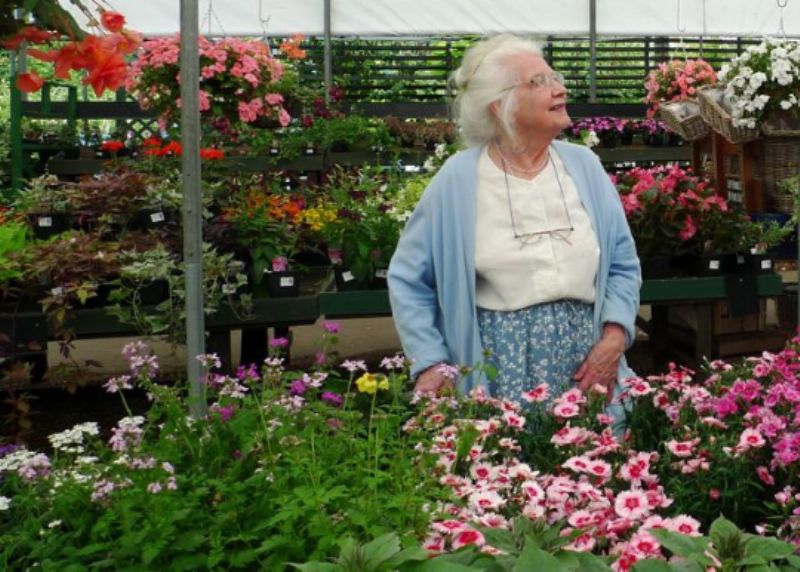After a day in the office, I made my way across to the Institute of Directors, to celebrate Christopher Ward’s last day as Chairman of WWF UK. Quite humid, but good to see people like Christopher, David Nussbaum, Tessa Tennant, Camilla Toulmin and Bob Worcester. Then, as I walked home by Barnes Pond, I snapped this – which rather caught the slightly Bocklin-like ‘Isle of the Dead atmosphere. Somewhere a woodpecker was calling.
Journal
Hughes plaque at Highgrove
Elaine and I drove across to Tetbury this morning, albeit with difficulty – there was a long tailback before we got on to the M4, because truck had hit a car, or vice versa, the ensemble blocking two lanes out of three. We ended up having to drive significantly faster than I would have liked to get to the Calcot Manor Hotel in time for me to begin my speech at 11.00 at an event organised by executive coaching firm Praesta. After an excellent lunch at the hotel, we were all coached across to Highgrove to see what Prince Charles and his gardeners have achieved there.
It’s a long time since I was there – and progress has been very considerable. A high wind was blowing as we walked around, with the trees sounding as if they were gravel beaches, with great storm surges coming in and receding. My favourite corner, by far, was in the old ‘Stumpery,’ where one of two classical mini-temples now contains a stunning black plaque in memory of Ted Hughes, showing him with a Longfellowish head of hair together with a crow and what my eye variously made out to be a salmon or a pike.
After a champagne tea, we were bussed back to the hotel, via Kemble station, and Elaine and I decided to drive up through Cirencester and thence to Little Rissington, to drop in on Hill House. Turned out very well – with a lovely light slanting across the gardens as we collected vegetables to bring back to London. I spent some happy moments watching bees making free with the foxgloves. But all of this buccolia comes at a price: filling up the Volvo’s fuel tank in Tetbury cost £73. Thanks heavens we rarely have to go anywhere by car.
Blank canvas
Yesterday was my fifty-ninth birthday, which Demon chose to celebrate by cutting off my Internet connection, so I had to spend much of the morning calling various points in India. In the afternoon, Elaine and I went across to the Medici Gallery in Cork Street, where my sister Caroline has exhibited – and where today we bumped into one of my favourite artists, Paul Slater – and his wife Sophie. They were in the process of helping to hang a new exhibition there, including a number of Paul’s paintings. Oddly, I had emailed him a couple of days earlier, to see if a painting he had done for the Financial Times colour supplement was available for sale, but it had already gone. Showed a woman in a diver’s suit, with a giant octopus behind, and she was drinking a glass of champagne, underwater.
Then we went on to the London Review of Books cafe (where we had a pot of the most delightful green tea) and thence to Roka, in Charlotte Street, where we had a perfectly glorious dinner with Gaia and Hania, before going on to see the latest Indiana Jones film. Abominable plot, but the special effects were extraordinary.
Then today the SustainAbility team surprised me with a birthday tea, to which Astrid (Sandoval) and Charmian (Love) of Volans also came. Earlier, Sam (Lakha) had given me a wonderful green tea pot and – a wonderful idea – a blank canvas. Will leave it blank, I think, and hang it on the walls at 2 Bloomsbury Place, and in a Dorian Grayish way hope that the filling in happens in the real world meanwhile.
Away Day 2
Day 2 of our Volans team retreat continued in the spirit – and at the pace – of Day 1. The sense of team and organisational identity, purpose and action priorities is building apace. Another example of serenedipity today when we met someone else in the building who had come across our work from a very different angle, had decided to get in touch, but had no idea we were now neighbours. Rather more pictures of me today than is normal – or perhaps desirable – because Sam got hold of my camera. In the evening, we invited Will Rosenzweig of Physic Ventures to join us for dinner.
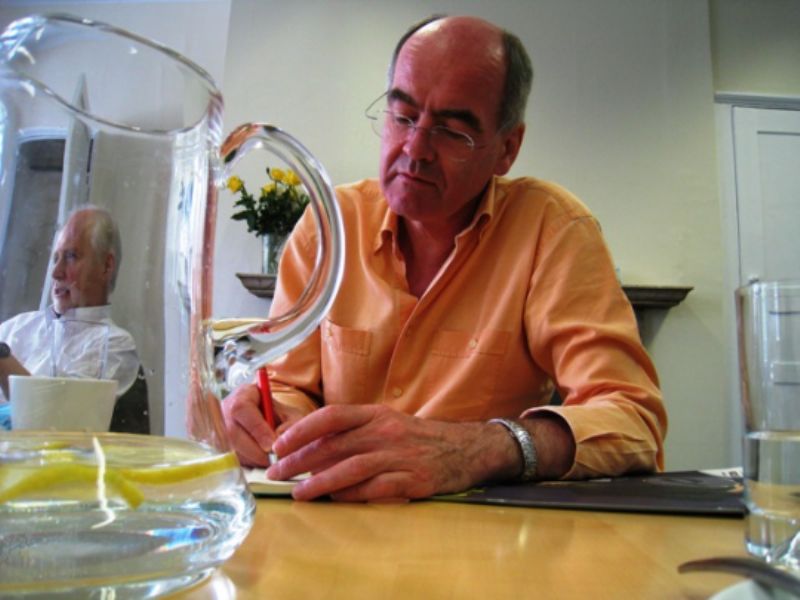 Martin and I
Martin and I  Endangered strawberry
Endangered strawberry 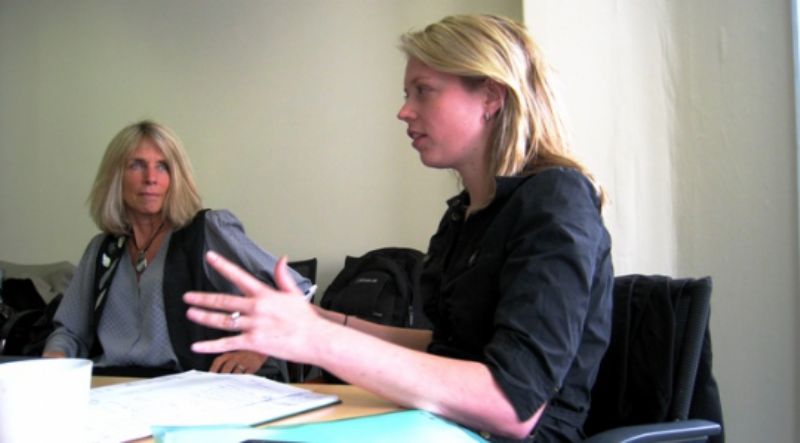 Pamela and Charmian 1
Pamela and Charmian 1 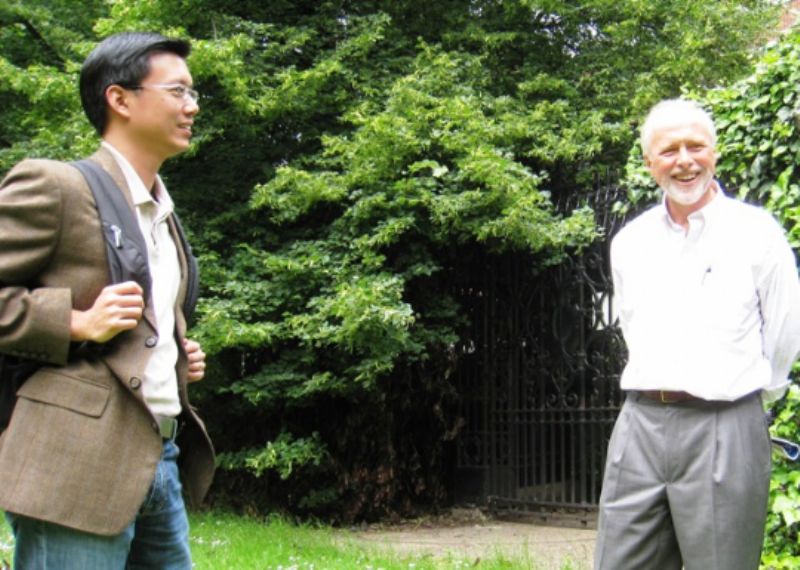 Decompression 2
Decompression 2  Martina and Elaine – by Sam, who was under the table
Martina and Elaine – by Sam, who was under the table  Pamela and Charmian 2
Pamela and Charmian 2  Sam – if she had three hands would it be three phones?
Sam – if she had three hands would it be three phones? 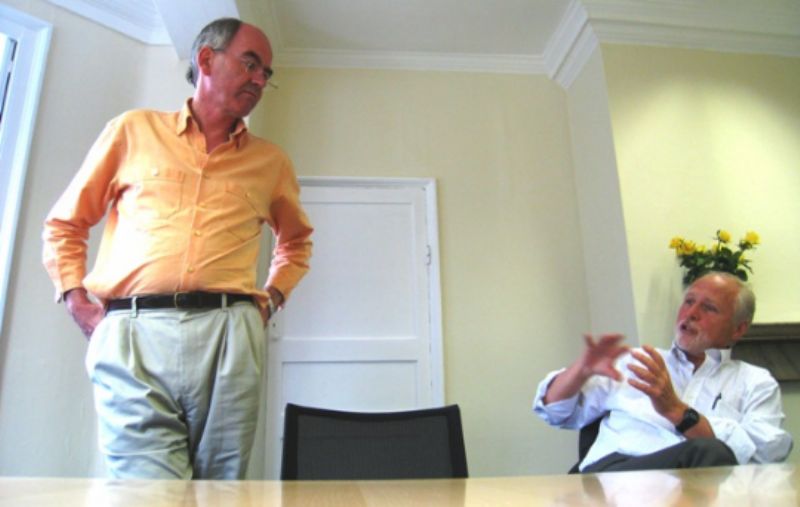 Decompression 1
Decompression 1  Decompression 3
Decompression 3 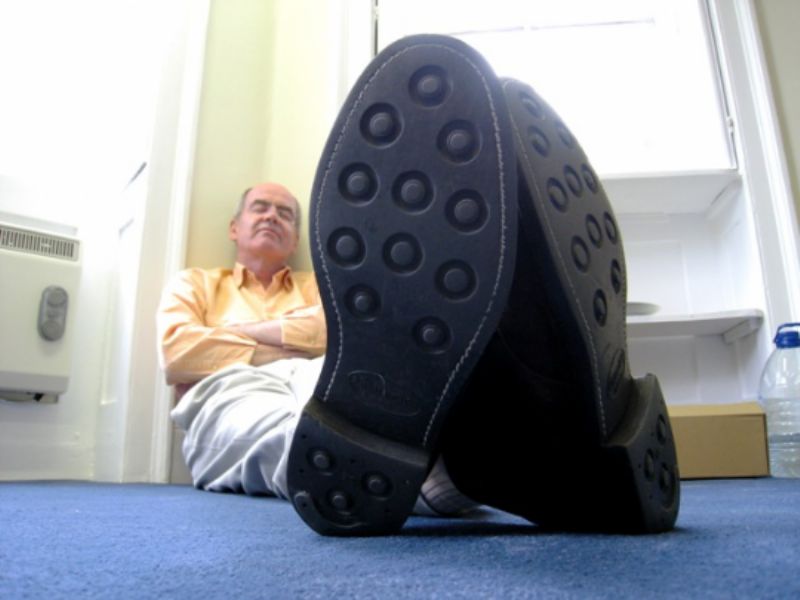 Decompression so deep that ‘the bends’ become a distinct possibility
Decompression so deep that ‘the bends’ become a distinct possibility
Our Magic Garden
A dozen of us (Charmian Love, Sam Gray, Martin Hartigan, Pamela Hartigan, Sam Lakha, Mark Lee, Geoff Lye, Astrid Sandoval, Kevin Teo, Sophia Tickell, Elaine and I) spent the day at 2 Bloomsbury Place, our new Volans office, the first of two Away Days. Part way through, Elaine spoke to someone from the Prospect office on the floor below – and discovered that, in addition to the building’s own garden, we have access to a quite extraordinary magic garden at the back, which – among many other delights – contains two elephant sculptures, presumably left by the people who were in our space before us, The Elephant Family.
Among many other memorable aspects of the day, and part from the Magic Garden, three stand out for me: the beautiful ‘stained glass’ version of our flying fish that Kim (Russell) had made for me; the one-candle birthday cake that emerged out of a cupboard late in the day, celebrating my imminent 59th and (in my mind) the birth of Volans Ventures; and the small granddaughter of the people upstairs coming down dressed as Ginger Rogers, one of my all-time favourite screen goddesses. (Flying Down to Rio being one of my Top 16 ‘Desert Island Discs’.)
Oh and then, as Elaine and I walked back home by Barnes Pond, in a setting sun that turned the trees and grass into a a form of sensuround stained glass, a heron (my totemic bird) flew in and and landed in the reed-beds. Apart from one piece of bad family news for one of our number during the day, this was virtual perfection.
 Still life
Still life 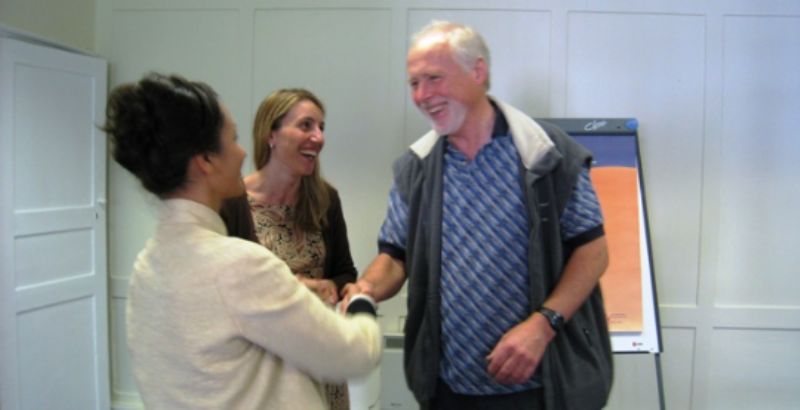 Sam, Astrid, Martin
Sam, Astrid, Martin 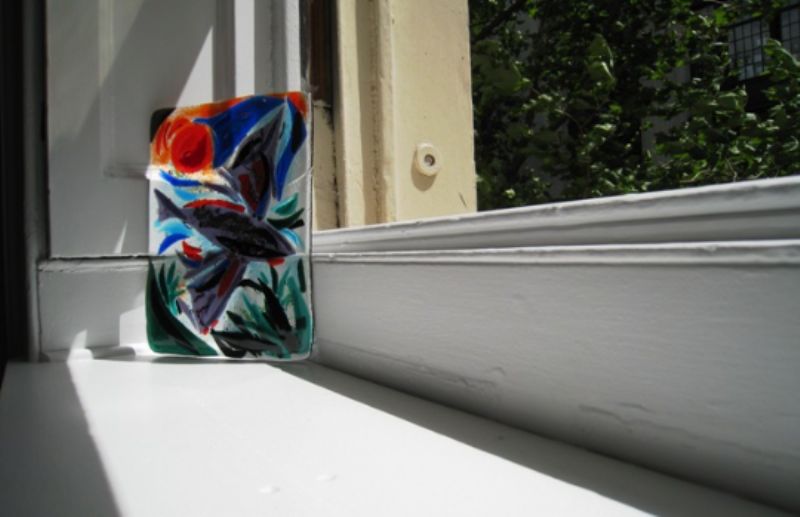 Flying fish 2
Flying fish 2 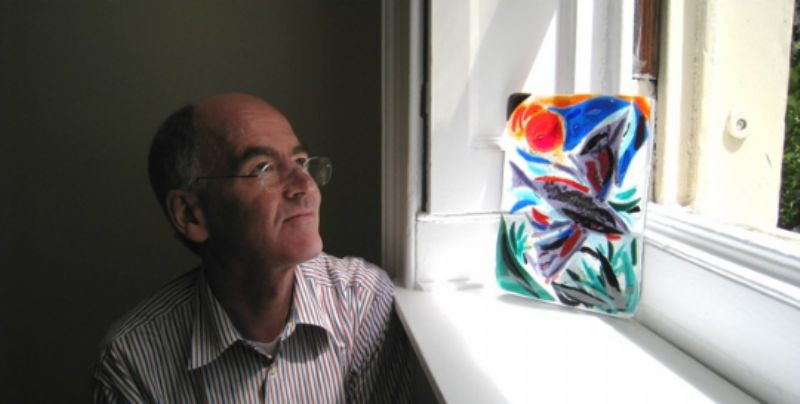 Flying fish 3
Flying fish 3  Elaine
Elaine 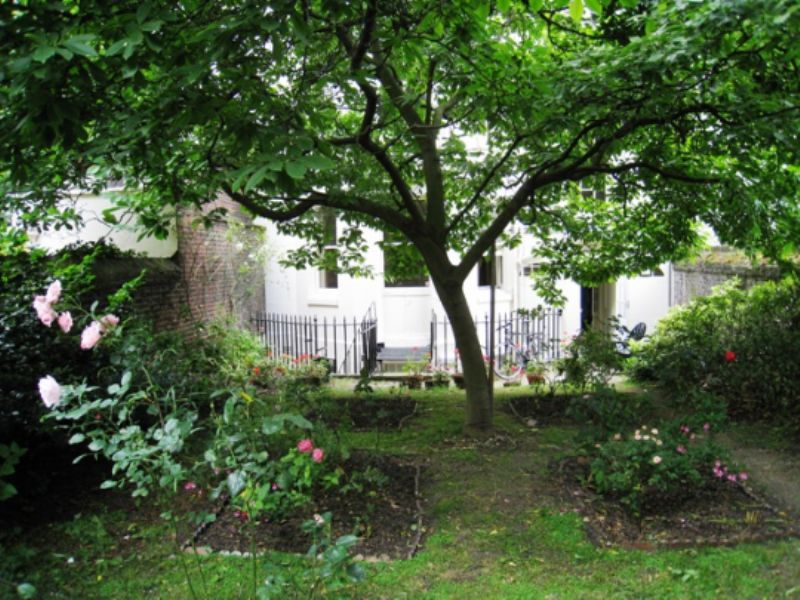 Garden
Garden 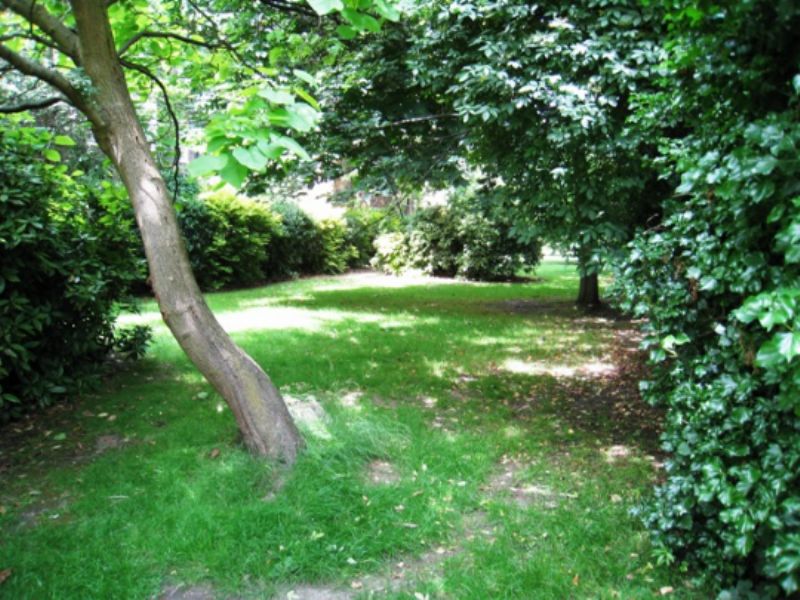 Further in
Further in 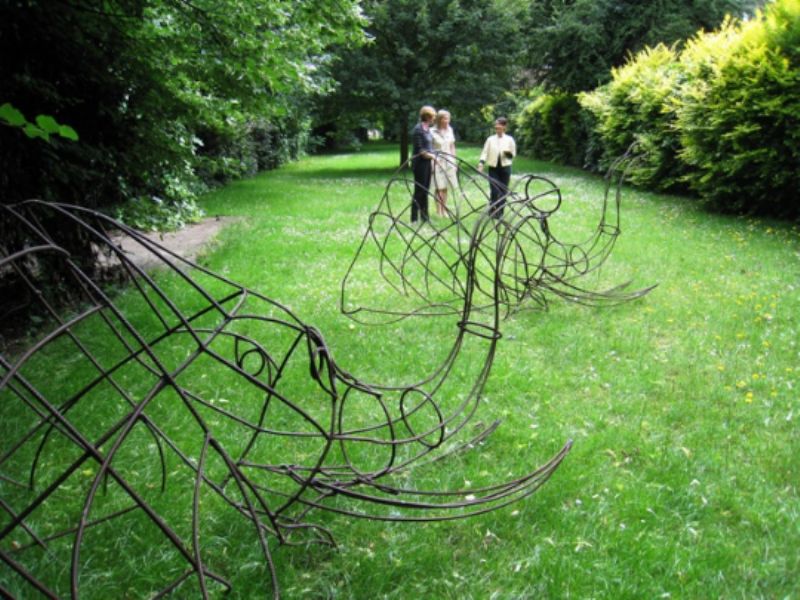 Elephants – with Sophia, Charmian and Sam
Elephants – with Sophia, Charmian and Sam 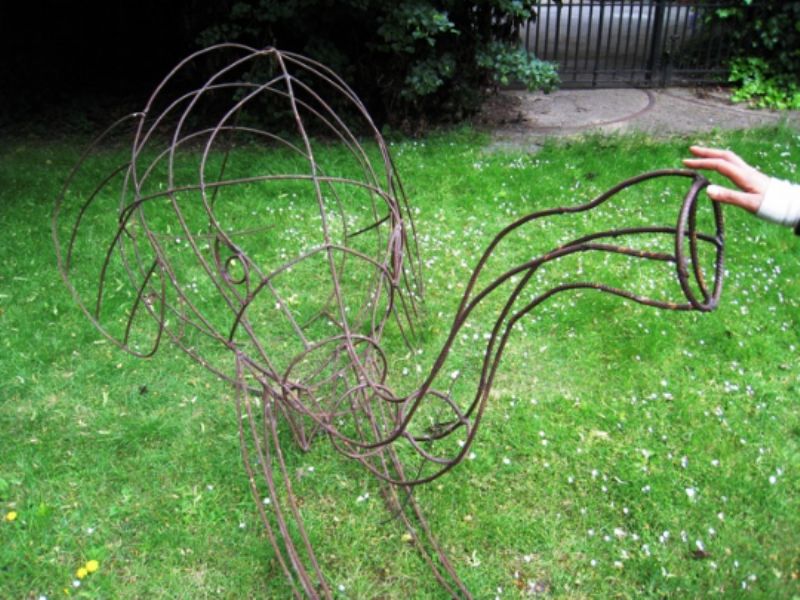 Trunk fondling
Trunk fondling 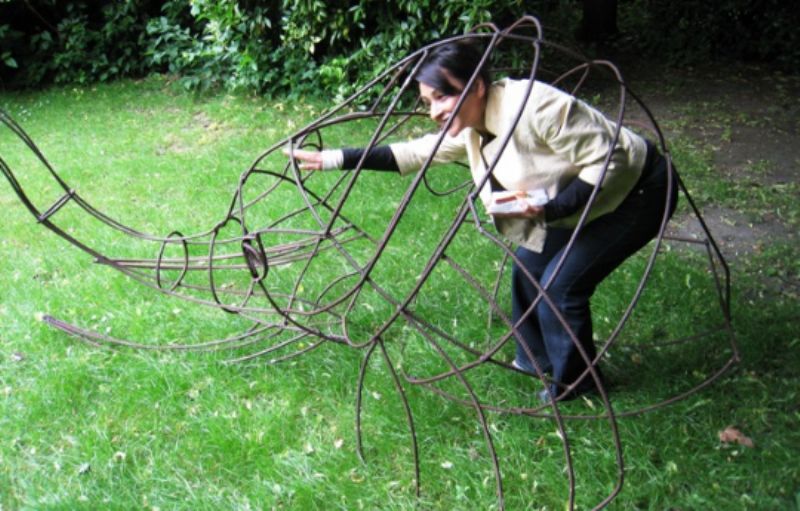 Sam in the belly of the beast
Sam in the belly of the beast  Lock
Lock  Wildflowers
Wildflowers 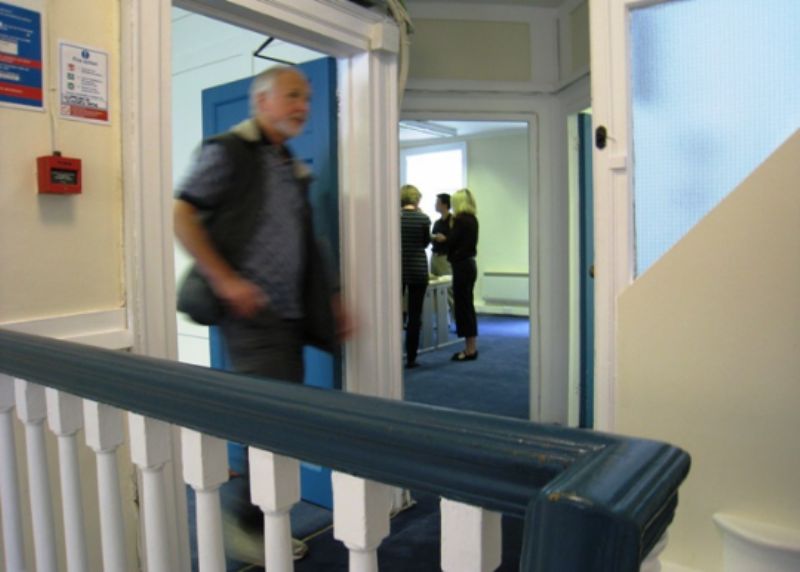 Martin emerges
Martin emerges 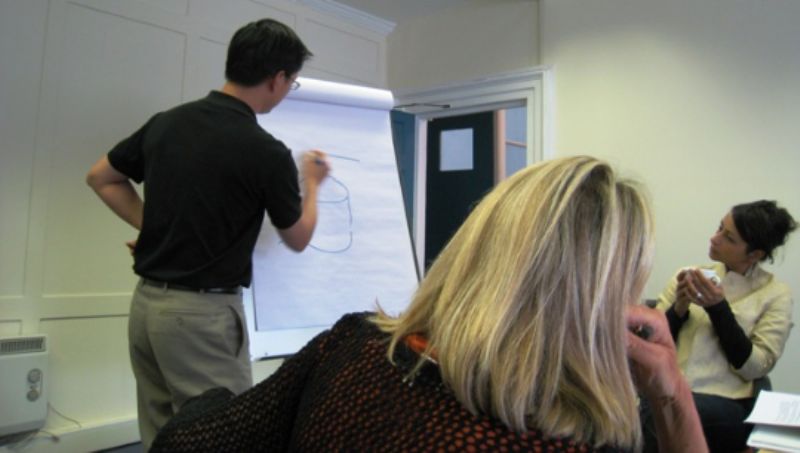 Kevin demonstrates
Kevin demonstrates 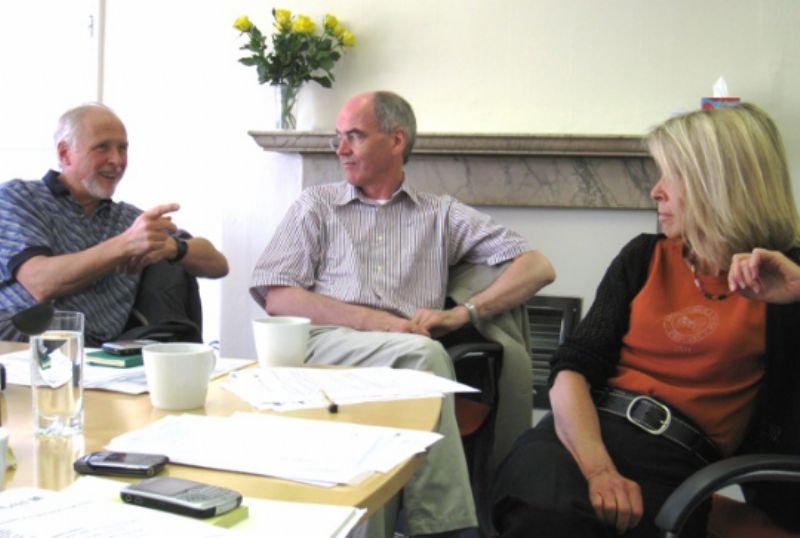 Martin, me, Pamela
Martin, me, Pamela 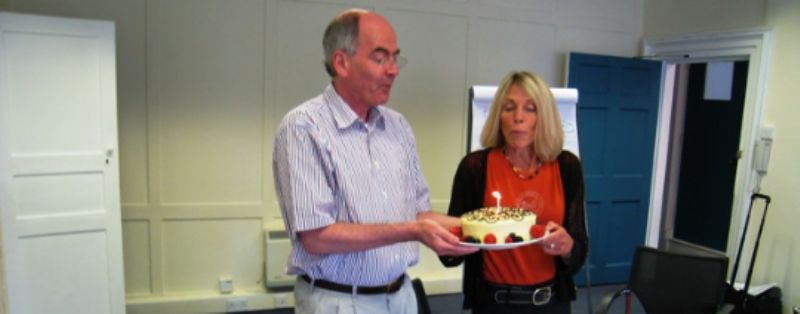 Blowing out the candle
Blowing out the candle 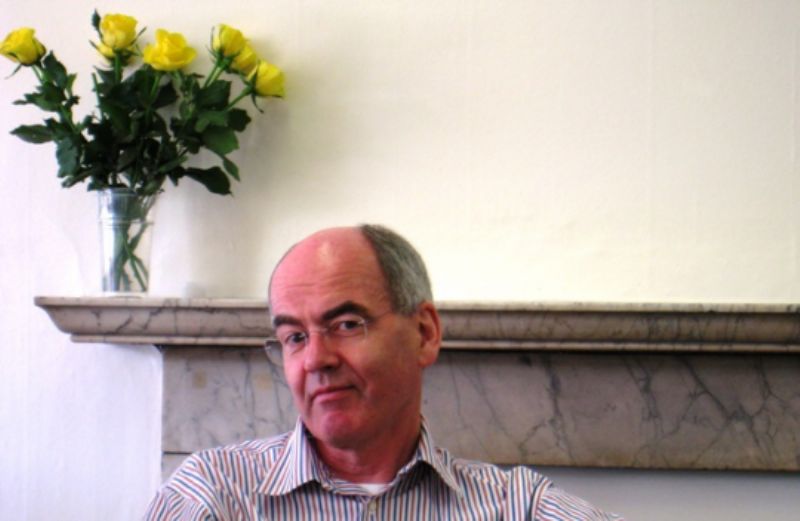 Unused to cameras as I am …
Unused to cameras as I am …




